A field is to play
+++
Mental maps are individual and collective mental representations of the geographic world to which inhabitants attach meanings (Lynch 1960). How do sounds contribute to these polyphonic images? Do sounds help people in navigating time and space, through the everyday and their lifetime? How can sounds and spoken words be collected, shared and communicated locally? How can this activity be meaningful to the local community and to a broader audience?
The project “A field is to play” has been realized during August 2011 by Alessandro Contini, Paolo Patelli, Danila Pellicani with Abigail Napp, in the unusual context of Mazama, a small village, with a population of 230, nestled in the Methow Valley of the Methow River in the eastern part of Washington, USA. “A field is to play” consisted of a process, a multimedia local interaction that resulted in the creation of a situated interactive archive of user-generated content and of an interactive ambient installation, expressive of the mental image of the soundscape.
Crowdsourced interviews and recordings shared online documented about 100 among the 230 inhabitants of the village, voluntarily imitating environmental sounds (e.g. whistling to birds) literally embodying the otherwise intangible soundscape.
An interactive ambient installation, where sounds and memories were orchestrated by weather conditions and people’s interactions, merged everything back into the environment.
+++
A soundscape is a combination of sounds that forms or arises from an immersive environment and it includes natural sounds and the sounds of ordinary human activities (Schafer, 1977). Murray Schafer stated in 1977 that the soundscape of the world was changing; today, new sounds, which differ in quality and intensity from those of the past, are spreading into each and every corner of our lives, at an increasingly high speed. Noise pollution is now a world problem and it would seem that the world soundscape has reached an apex of vulgarity in our time (Schafer, 1977). Nevertheless, every feature of the contemporary vernacular, which finds its own justification in its own very existence, as an element of the environment holds relations with the experience of the inhabitants (Venturi, 1977).
Sound reroutes the making of identity by creating a greater and more suggestive weave between self and surrounding. Sound operates by forming links, groupings and conjunctions that accentuate individual identity as a relational project. The flow of surrounding sonority can be heard to weave an individual into a larger social fabric. This associative and connective process of sound comes to reconfigure the spatial distinctions of inside and outside, to foster confrontations between one and another, and to infuse language with degrees of immediacy (LaBelle, 2010).
Hence, acoustic space can be seen as a process of acoustic territorialization, in which the disintegration and reconfiguration of space becomes a political process (Deleuze, 1972). In this context the everyday plays a fundamental role: the everyday is a generative, open geography shaped by specific relations, where sound provides intimacy, it creates a relational geography that is most often emotional, contentious, fluid and which stimulates a form of knowledge that moves in and out of the body (LaBelle, 2010). Sounds are associated with their original source, while they also become a separate and constantly blending with other sounds, thereby continually moving in and out of focus and clarity. Nevertheless, they contribute to the construction of mental images of one’s environment and therefore in way finding strategies (Southworth, 1969).
The project “A field is to play” seeks to examine the exchange between environments and the people within them as registered through aural experience, memory and oral expression. Mapping mental topographies through interviews and active listening, the work offers a rendering of auditory life, and the weave of the private and the public found therein.

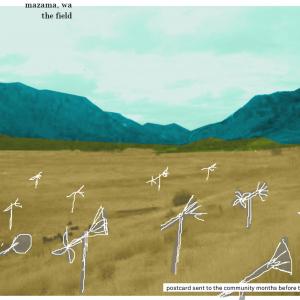

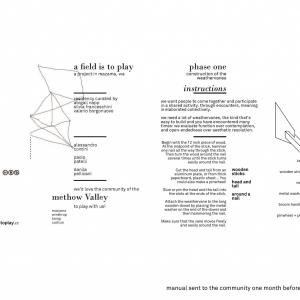


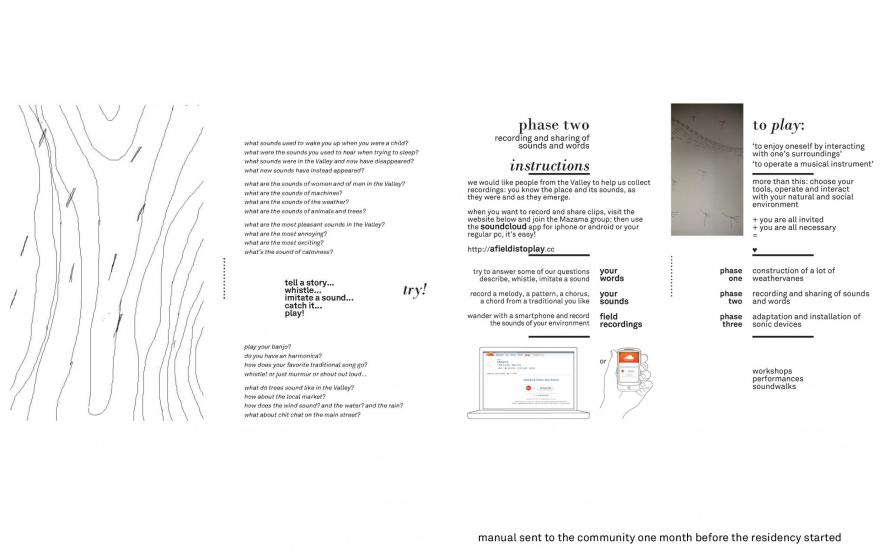
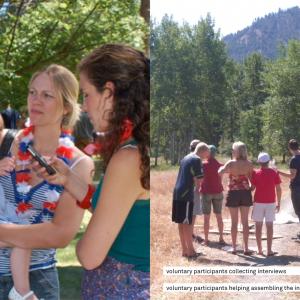
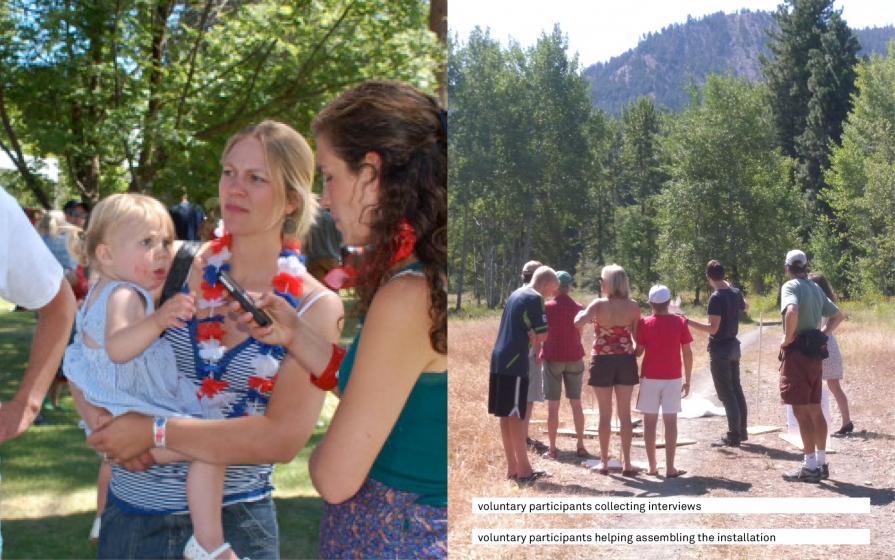
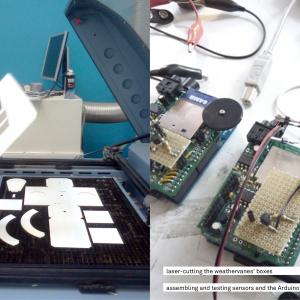
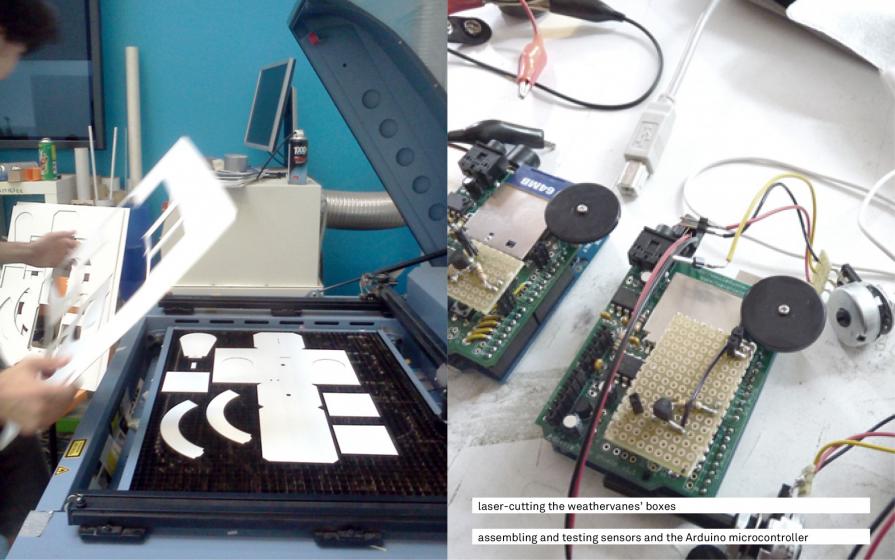
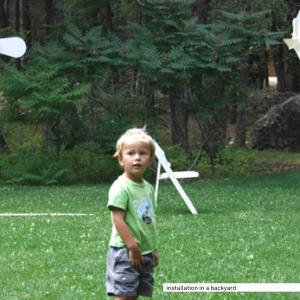

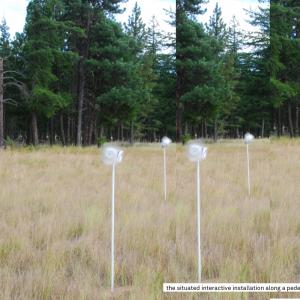

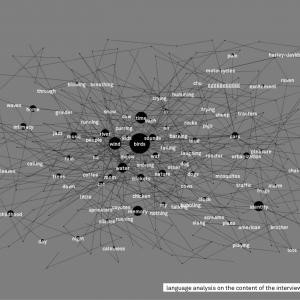

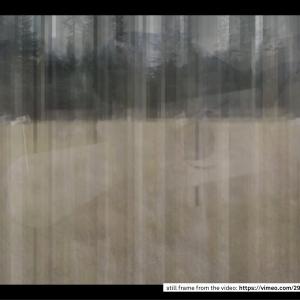







Comments 1
http://afieldistoplay.cc
http://www.mazamaresidency.org/
Say something